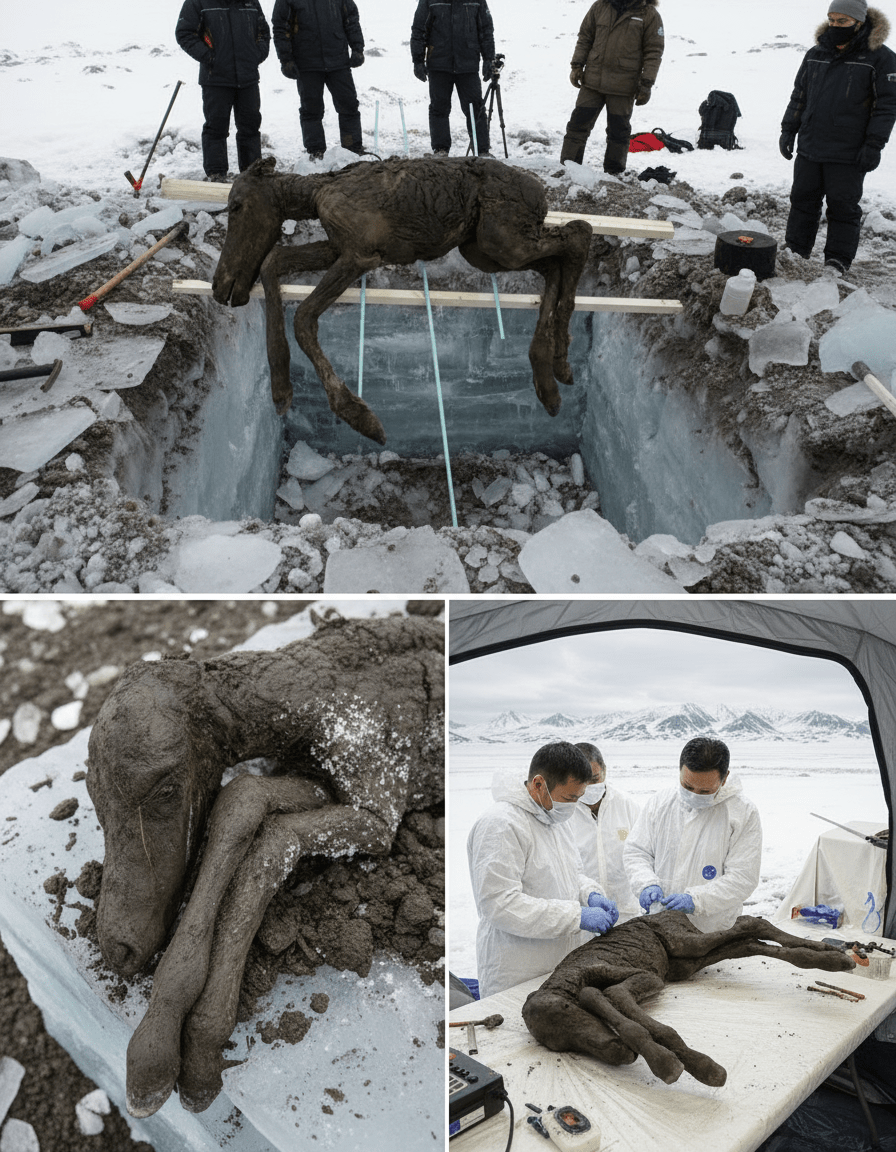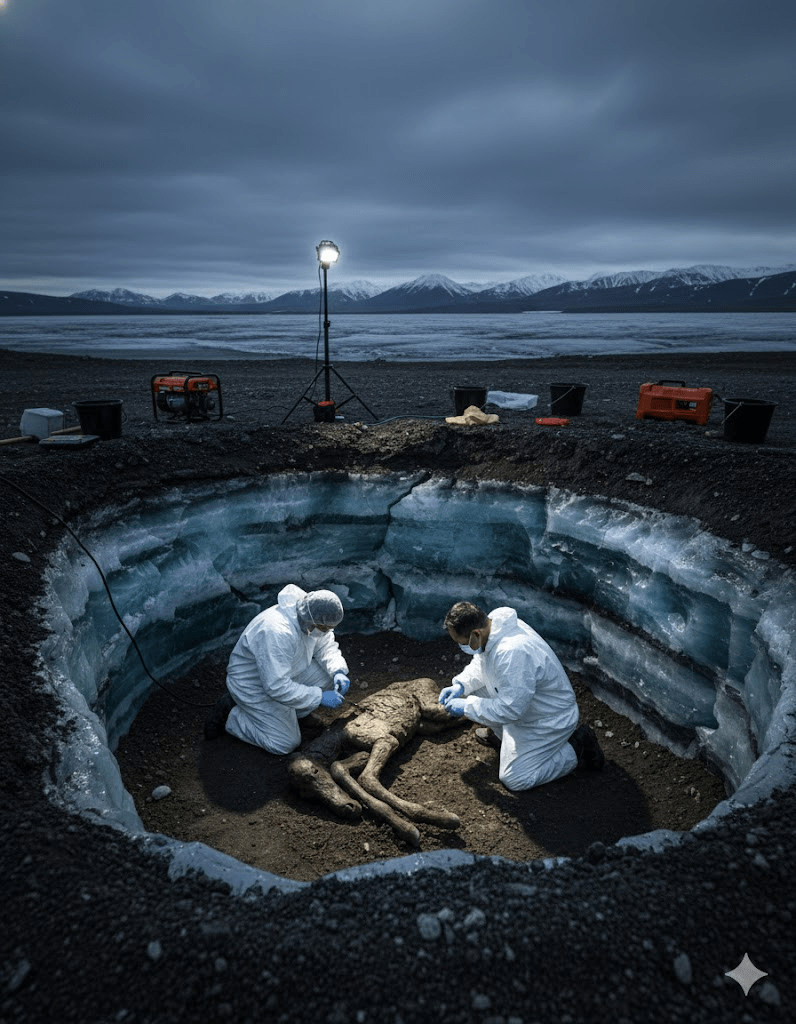The scientific community, and indeed the world, was stunned by an unprecedented discovery in the frozen depths of Siberia. Buried for an astonishing 42,000 years beneath layers of permafrost, a tiny foal of an extinct Lena horse lay hidden, not as a collection of bones, but as an almost perfectly preserved specimen. Its skin, remarkably intact, still bore the texture of life. Its dark brown mane, defying millennia, remained soft to the touch. Even its delicate internal organs were untouched by the relentless march of time, a testament to the harsh yet preserving embrace of the icy tomb. And in what can only be described as a moment of pure scientific marvel, liquid blood—ancient, yet undeniably present—was found within its tiny heart. This foal, just one to two weeks old at the time of its demise, presented a pristine picture, as if it had only just fallen asleep, its awakening now a tantalizing possibility. The implications of such a find reach far beyond mere archaeological curiosity; they whisper of a future where the echoes of the Ice Age might once again walk among us.

The foal’s tragic end, likely a drowning in a muddy hollow, proved to be its ultimate salvation. The immediate sealing by ice created a cryogenic chamber, arresting decay and safeguarding its biological essence through over four Ice Ages. What followed was an unimaginably long silence, a geological pause that preserved this creature in a state of suspended animation, waiting for the precise moment of its rediscovery.

Now, against all conventional understanding of biological viability, scientists are embarking on a mission that borders on the fantastical: to extract viable cells from this ancient specimen. The goal is audacious and clear – to resurrect this ancient lineage, to breathe life back into a species lost to the annals of time.







